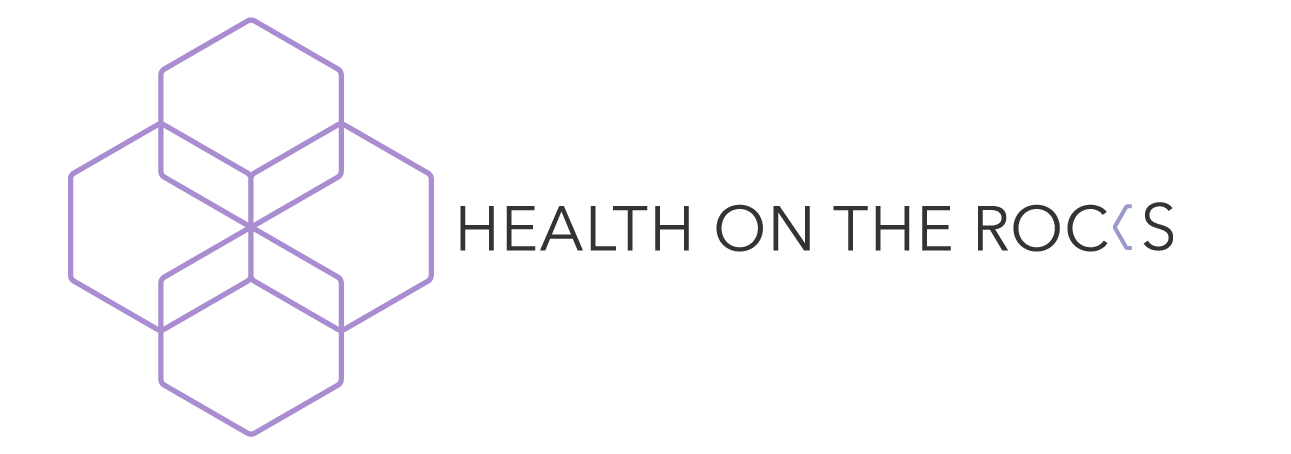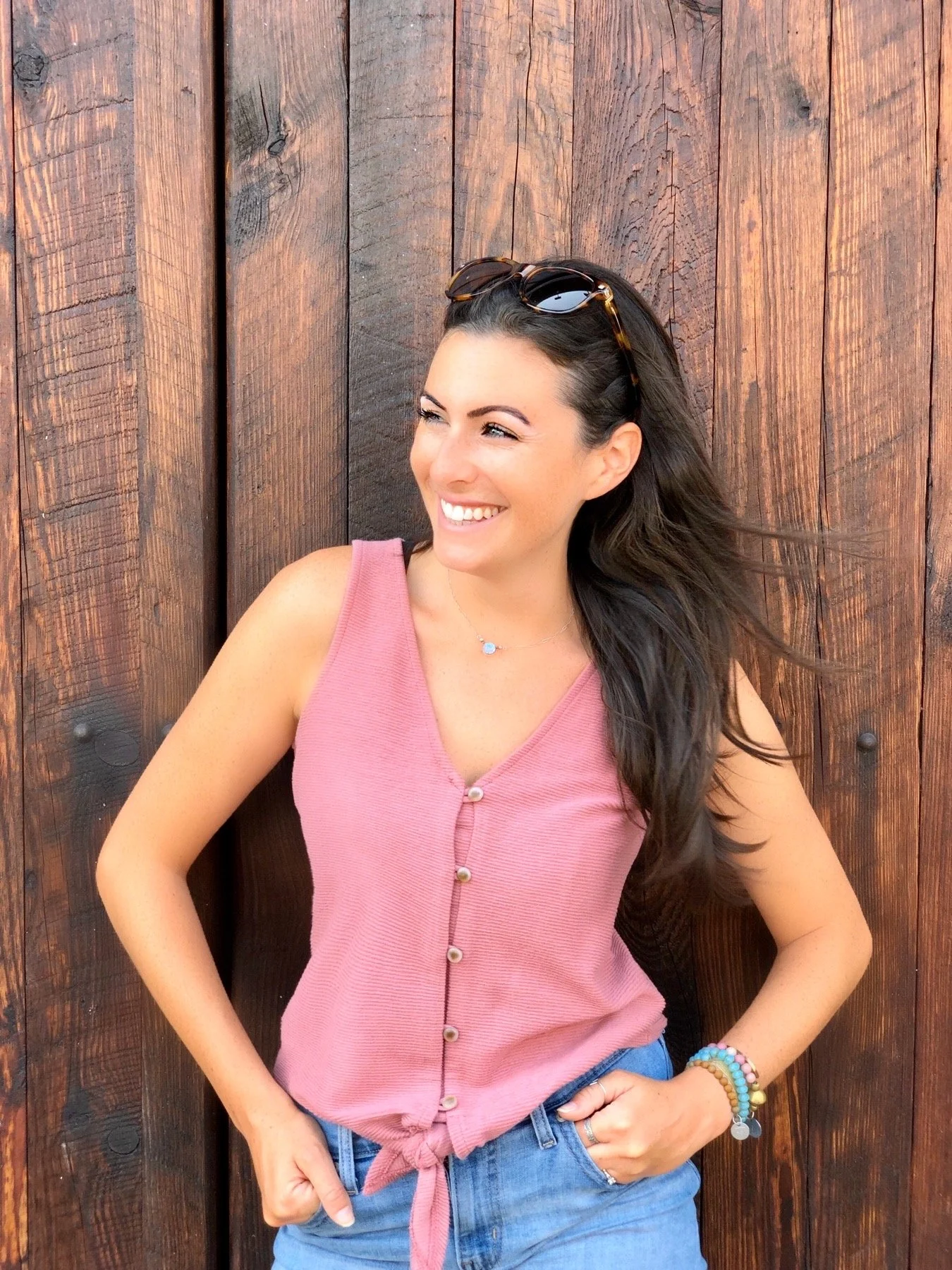The Surprising "Secret" to Sustained Health & Wellness
/A quick google search on anything even mildly health-related will most likely produce a stream of “fat-blasting secrets,” “miracle” supplements, and the newest, hottest wellness “experience."
As you may have figured out by now, when it comes to wellness, there are no miracles and there are no secrets. (Sorry.)
Wellness, unfortunately, is not a thing that can be sold, and I pride myself on being the type of coach who refuses to feed into the machine of beautifully packaged snake oil.
As it turns out, the “secret” to sustained wellness, if there is one, lies less in the body and more in the brain because, at the end of the day, the trick to healthy living is not the doing it but the sticking with it.
Health isn’t something you can purchase or a program you can sign up for, it’s a lifestyle, which has little to do with green powders in shiny packaging and everything to do with — you guessed it — habits.
Ah, yes, habits. Those sneaky practices that dictate 40% of everything we do throughout the day. They’re incredibly hard to form and even harder to break. However, they’re utterly essential when it comes to creating lasting behavior change (since we as humans are oftentimes hardwired against change).
We’re instant gratification creatures by nature, with needy, aggressive reward centers, and we’d be stupid to pretend that we can fight against our natural instincts every damn day for the rest of our lives through sheer willpower and motivation alone. When it comes to changing our exercise routine, or going to bed an hour earlier, or eating more slowly, if it doesn’t become a habit, it won’t stick. It’s as simple as that.
So how do we make and break these elusive habits? The answer lies in the understanding that all habits exist in a “habit loop,” consisting of three components:
The “CUE” : Something that triggers your brain to switch into ‘autopilot.’
The “ROUTINE” : The physical, mental, or emotional “autopilot” response.
The “REWARD” : The prize at the end for responding to the cue and acting on it.
These habit loops emerge because the brain is constantly looking for ways to conserve effort. Think about it; if you had to give full focus to every tiny detail throughout the day, you’d barely make it out of the house after waking up, showering, getting dressed, making coffee, brushing your teeth, etc. Because we do these routines every morning, our brains have latched onto the routine, and we don’t have to actively focus on any of these tasks, leaving us the brain space to focus on other things, like designing irrigation systems, or building cities, or trying to figure out why you never see baby pigeons. (But, like, seriously, why have I never seen a baby pigeon?!) This is all to say that habits give us a huge evolutionary advantage, which is why they’re so pervasive.
When left to their own devices, our brains will try to make a habit out of anything and everything it can find continued repetition in. When a habit is created, the brain stops participating in any active decision-making and simply rides the wave.
This is where things can get dangerous in terms of health. If you indulge in an unhealthy action with enough consistency, it’ll eventually become a habit, often without you ever even noticing it. Suddenly, you’ve gained weight, you’ve neglected to work out in months, and you’re left wondering, “Why can’t I get just back on track? How is this so hard?”
The good news is that by learning to recognize your unhealthy habit cues, you can hack into your “routines” and replace your bad habit loops with better ones. It all comes down to shifting your “autopilot” settings. And, in order to do that, you’re gonna have to spend some time identifying your habit loops.
Let me give you an example.
I used to work part-time in an office in midtown Manhattan where they would provide a pantry full of snacks that lived behind the water cooler.
One day I was filling up my water bottle around midday and I caught sight of a shiny bag of Stacy’s Pita Chips. Though I knew they weren’t particularly healthy (don’t be fooled by the healthy-looking packaging), I figured, “Whatever, it’s just for today.” I grabbed a bag and brought it back to my desk.
The next day I was in the office, I went to fill up my water bottle around midday and spotted the chips again. “Ooh. I could totally go for some Stacy’s!” Fast forward a few weeks and, without doubt, every day I was there, I’d get a midday Stacy’s craving.
I had, unknowingly, created a habit loop:
The “CUE” : Visiting the water cooler to refill my water bottle.
The “ROUTINE” : Grabbing the chips.
The “REWARD” : Delicious, carby sodium-packed goodness.
And there it was: a pita loop, if you will.
So how was I to break this bad habit? Should I stop visiting the water cooler? Should I try to flex my willpower muscles harder? I would try both, and neither would work.
Why? Because willpower is unreliable, and removing the “cue” was not an option (as it rarely is).
Instead of attempting to force these types of dead-end solutions, it’s always going to be infinitely easier to simply replace a bad habit with a better one, which, eventually, I did. After a little creativity, a new habit loop was born:
The “CUE” : Visiting the water cooler to refill my water bottle.
The “ROUTINE” : Instead of grabbing the chips, I stocked the office fridge with carrots sticks and hummus, which I would put on a small plate and eat at the table next to the water cooler.
The “REWARD” : Delicious, savory goodness, and the knowledge I was putting something wholesome in my body.
Boom. A bad habit swapped for a good one.
And here’s the thing: when it comes to wellness practices, it can actually be quite easy to latch onto healthy routines. Why? Because they’re inherently rewarding. They make you feel good, and thus they become quickly addictive.
Think about the first time you tried coffee or wine. If you don’t remember, ask any kid who’s tried it once and they’ll assure you: it’s disgusting and gross and adults are weird. Both are bitter and sharp and acidic. However, once you’ve been drinking either for a period of time, you quickly come to crave that bitter acidity because of their associations with states slightly better than sobriety.
In that same way, you can train your brain to crave working out, eating well, meditating, or participating in any other pursuit that makes your body feel amazing. And exercise will undeniably make you feel good. It just will. As will eating better, getting more sleep, managing your stress, and the rest of it.
So here’s the big secret: if you stick with a healthy lifestyle long enough, you’ll never revert back to your old ways because you won’t want to. You won’t be able to. You’ll have one bad weekend, feel like crap, and hop right back on the wagon, because this particular wagon is blatantly better than the one in which you feel sluggish, heavy, and stressed.
Sure, kale doesn’t taste great the first time you try it. But if you force yourself to eat it with enough frequency, you’ll find your body will subconsciously start to crave it because it always makes you feel good; and your body, for better or worse, is all about feeling good. Give yourself some time and an open mind, and you’ll be amazed at all the healthy stuff you’ll start to crave.
Here’s some more good news: because healthy living is inherently rewarding, you don’t really have to have an understanding of habit loops in order to change your habits for the healthier. You just have to be able to identify a bad habit and commit to replacing it with a better one, be it going to bed earlier (swapping out a late night Insta-scroll for turning the lights out?), meditating every day (trading your morning news for a guided meditation?), or working out (substituting your commute home for a trip to the gym?).
When it comes to creating a healthy habit, if you believe in it and commit to it, there’s not a proverbial chip bag you can’t outsmart.





























